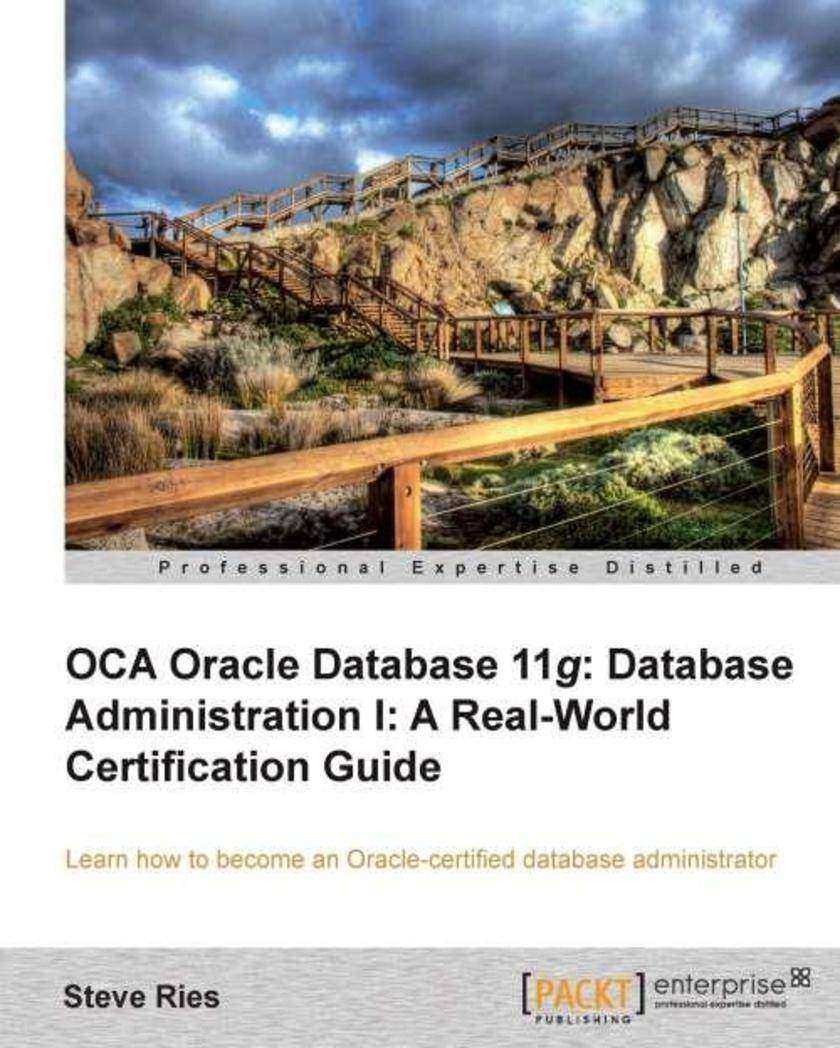
OCA Oracle Database 11g Administration I Certification Guide
¥107.90
Developed as a practical book, "Oracle Database 11g Administration I Certification Guide" will show you all you need to know to effectively excel at being an Oracle DBA, for both examinations and the real world. This book is for anyone who needs the essential skills to become an Oracle DBA, pass the Oracle Database Administration I exam, and use those skills in the real world to manage secure, high performance, and highly available Oracle databases.
![Microsoft Forefront UAG Mobile Configuration Starter [Instant]](https://platform-permanent.ddimg.cn/pt-media-info-soa-resource/digital/product/24/87/1900482487_ii_cover.jpg?version=0015800a-9284-44a4-8d90-e682d496a761)
Microsoft Forefront UAG Mobile Configuration Starter [Instant]
¥50.13
Get to grips with a new technology, understand what it is and what it can do for you, and then get to work with the most important features and tasks. A no-nonsense Starter guide, designed to give you maximum guidance with minimum fuss. This book is written for system administrators, I.T. professionals, unified communication technicians, and decision makers, in general. No knowledge of UAG is required to understand the book and start setting up UAG immediately.
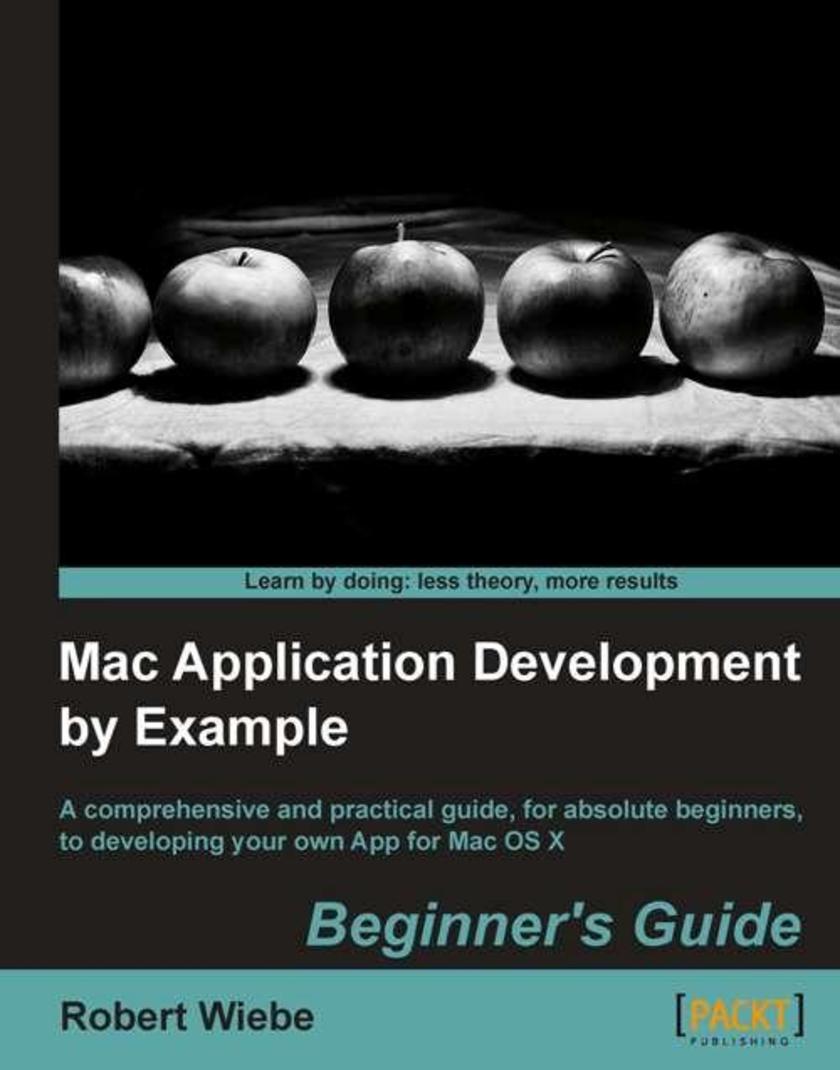
Mac Application Development by Example: Beginner's Guide
¥80.65
This book is a beginners guide that teaches the topic using a learn by example method. This book is for people who are programming beginners and have a great idea for a Mac OS X app and need to get started.
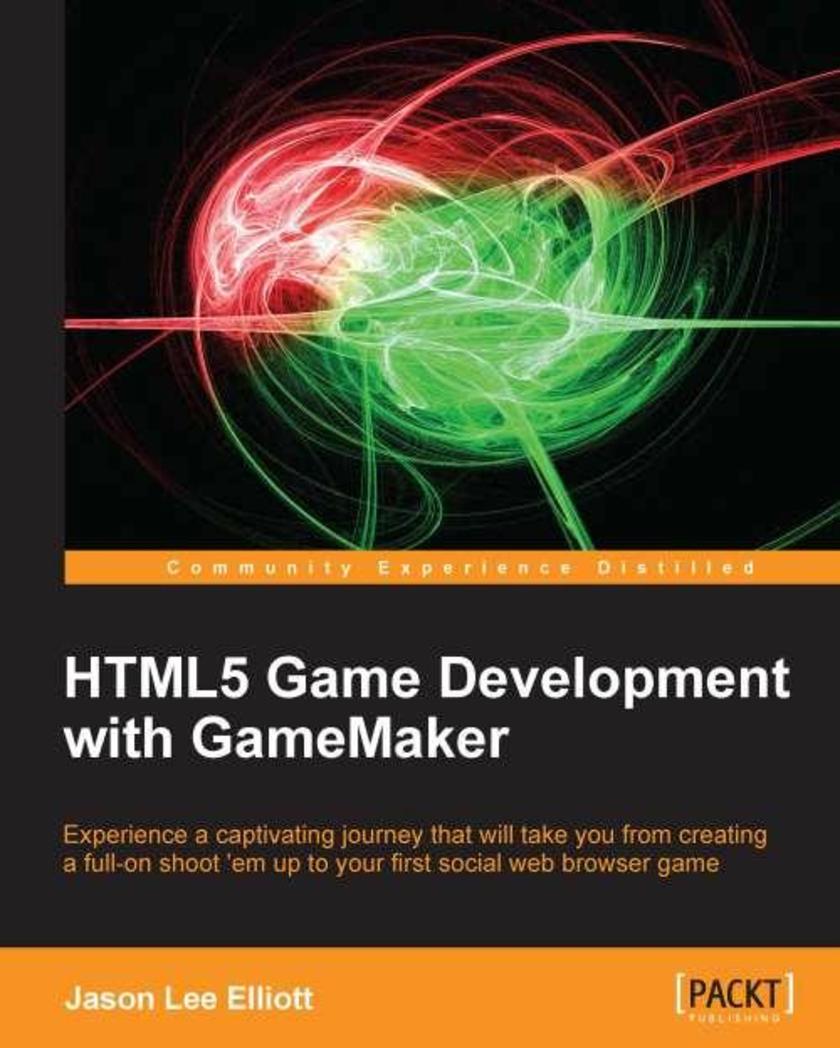
HTML5 Game Development with GameMaker
¥80.65
The book is a friendly but explosive reference for all skill levels, with several action packed projects. You will develop the ability to build games from scratch with a comprehensive practical tutorial guide. This book is assured to boost your skill set to another level. This book is for anyone with a passion to create fun and action packed web browser games using GameMaker Studio. This intuitive practical guide appeals to both beginners and advanced users wanting to create and release online games to share with the world, using the powerful GameMaker tool.
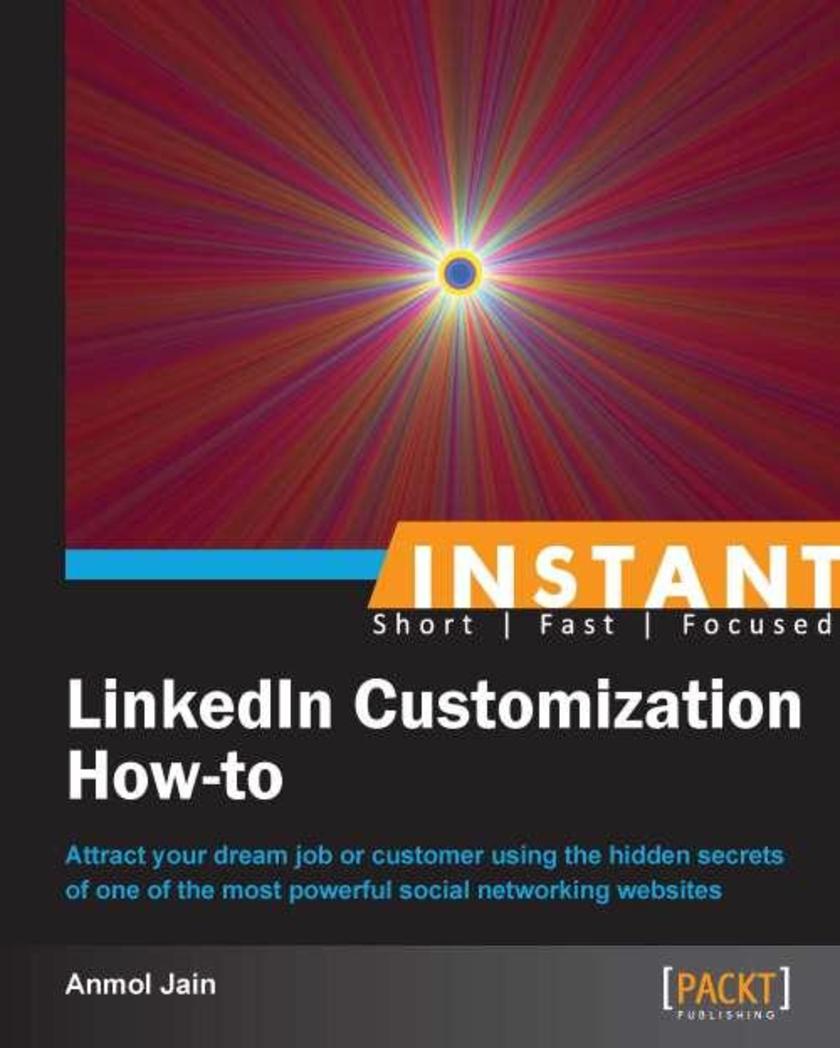
Instant LinkedIn Customization How-to (MnM)
¥35.96
Filled with practical, step-by-step instructions and clear explanations for the most important and useful tasks. Get the job done and learn as you go. Step-by step application of the features of LinkedIn provides a good grounding in creating effective résumés and optimizing your search. If you’re looking for a job, genuinely interested in expanding your lifelong professional network, or simply want to learn about the tips and tricks of LinkedIn, then this is the right book for you.
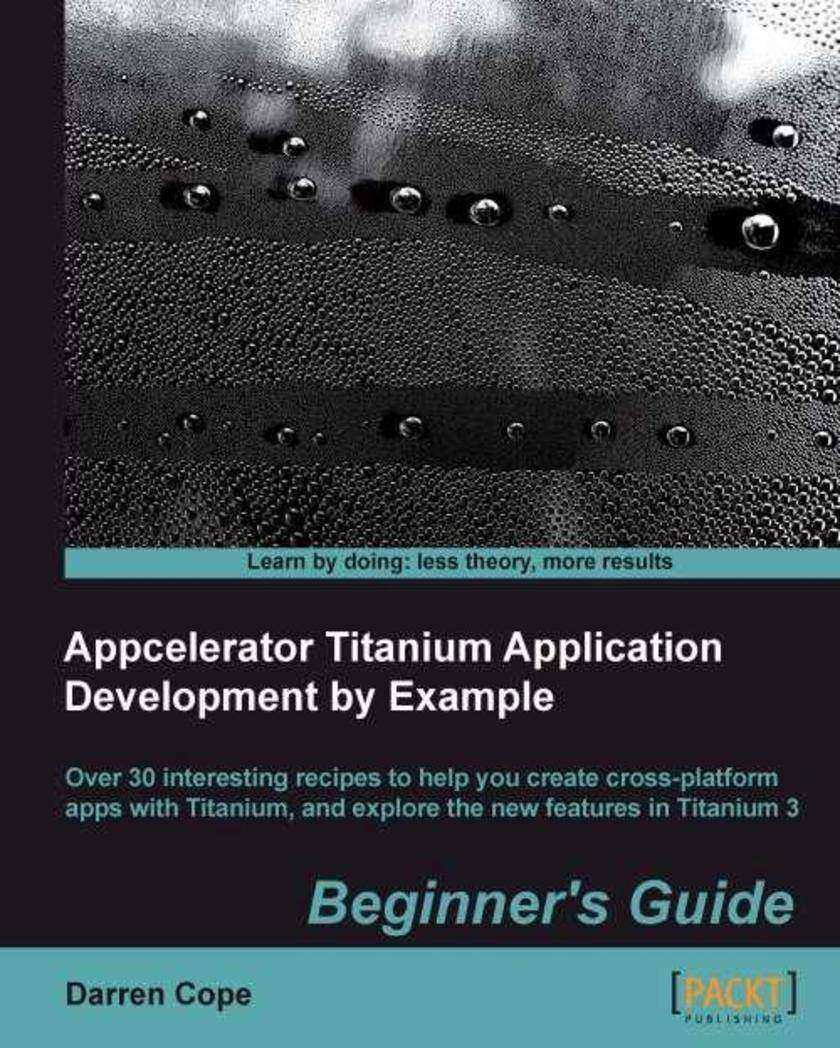
Appcelerator Titanium Application Development by Example Beginner’s Guide
¥90.46
"Appcelerator Titanium Application Development by Example Beginner's Guide" is an example-driven tour of the language that guides you through all the stages of app design. The style is relaxed and friendly whilst remaining concise and structured. If you are new to this technology or curious about the possibilities of Appcelerator Titanium then this book is for you. If you are a web developer who is looking for a way to craft cross-platform apps, then this book and the Titanium language is the choice for you.
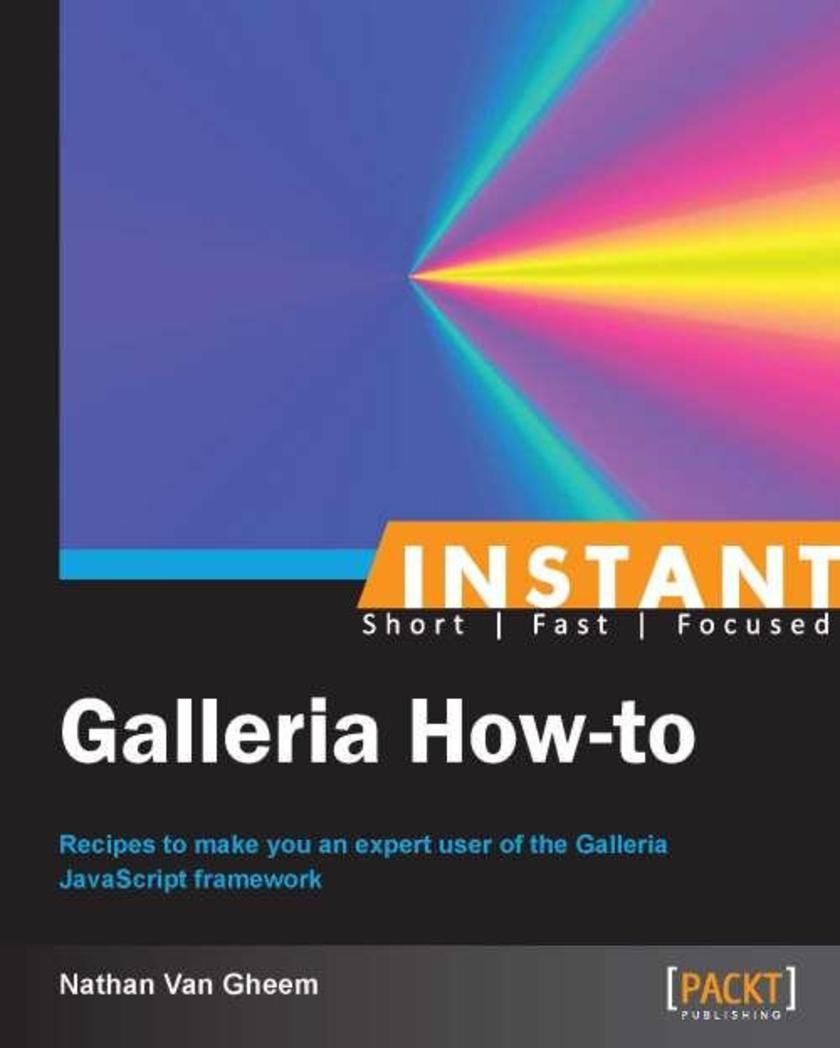
Instant Galleria How-to
¥35.96
Get to grips with a new technology, understand what it is and what it can do for you, and then get to work with the most important features and tasks. This is a how-to book with practical recipes to make you an expert user of Galleria. This book is for Java* developers and designers looking to learn how to create beautiful galleries for their web projects. It’s assumed you know some JavaScript, JQuery, HTML, and CSS. Readers are expected to have images available to use with the galleries, a text editor, and a modern web browser to develop with.
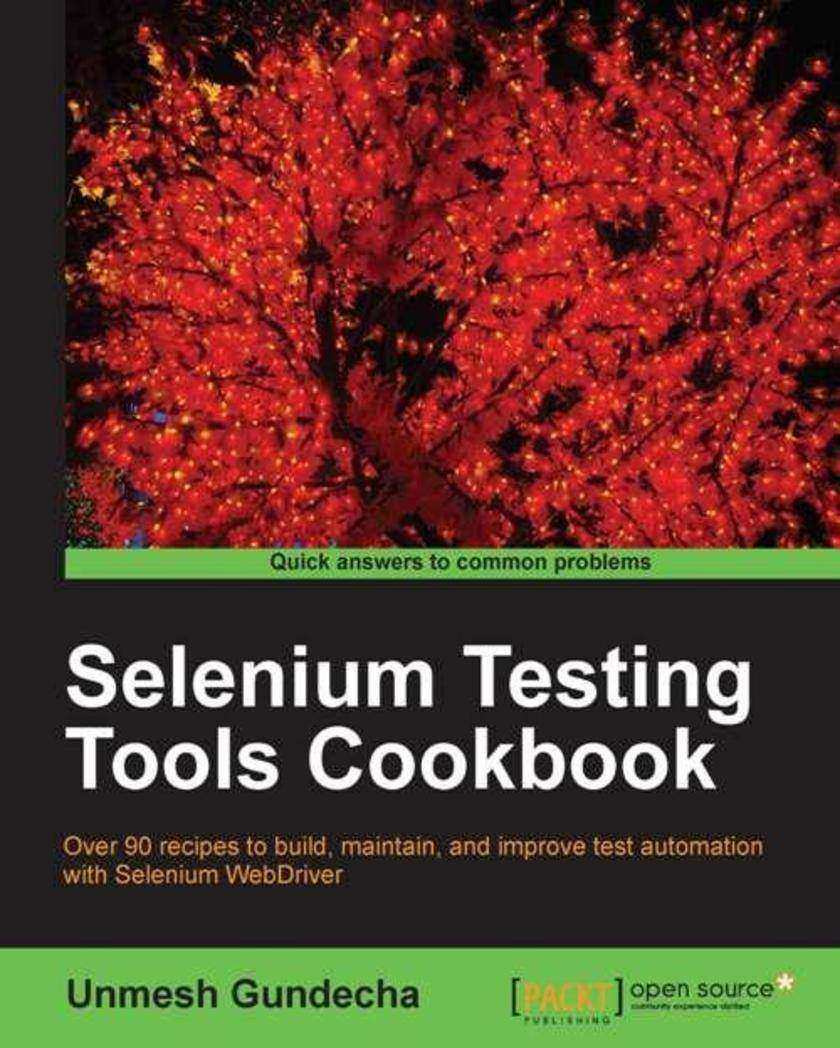
Selenium Testing Tools Cookbook
¥80.65
This is a cookbook packed with code examples and step-by-step instructions to ease your learning curve. This book is intended for software quality assurance/testing professionals, software project managers, or software developers with prior experience in using Selenium and Java for testing web-based applications. This book also provides examples for C#, Python, and Ruby users.
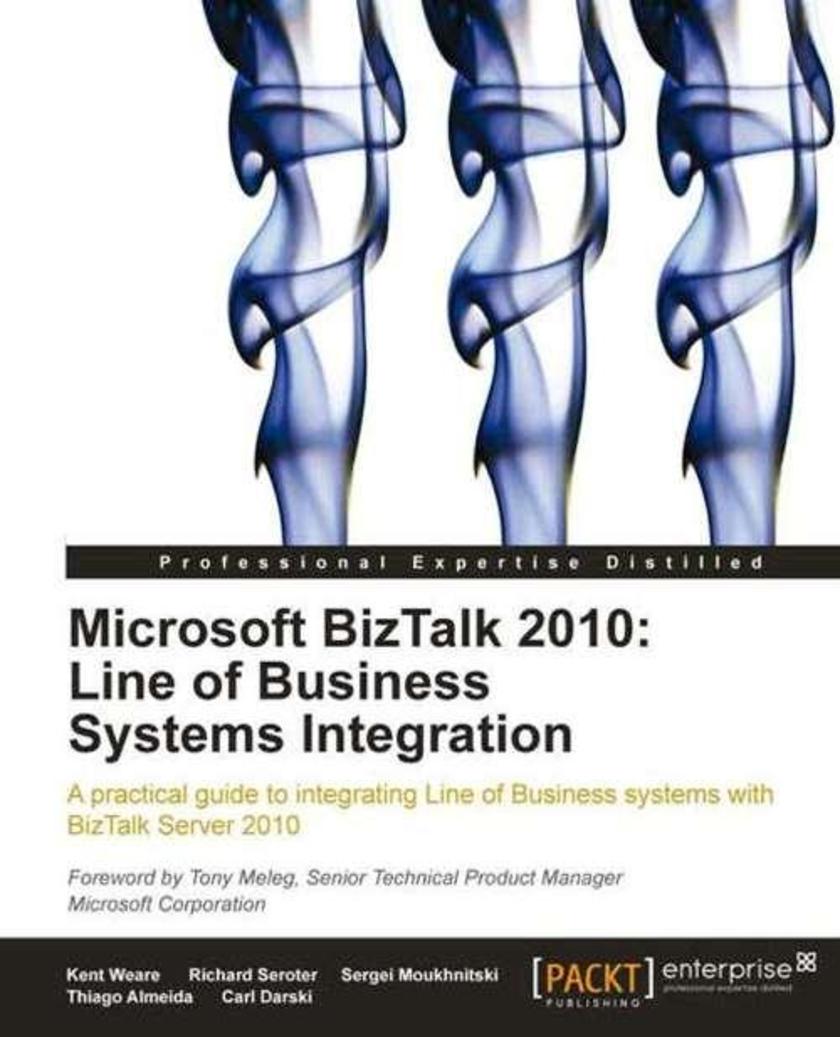
Microsoft BizTalk 2010: Line of Business Systems Integration
¥107.90
This book focuses on Microsoft BizTalk 2010; however, most of the concepts and explanations will apply to BizTalk 2006 R2 and BizTalk 2009. If you are an experienced BizTalk developer who wants to integrate BizTalk with Line of Business systems using practical scenarios, then this book is for you. A solid understanding of BizTalk at an intermediate level is required. This book assumes developers are comfortable creating schemas, maps, orchestrations, ports and messages in Visual Studio and configuring applications in the BizTalk Administration Console. However, experience in integrating with Line of Business systems is not necessarily required.
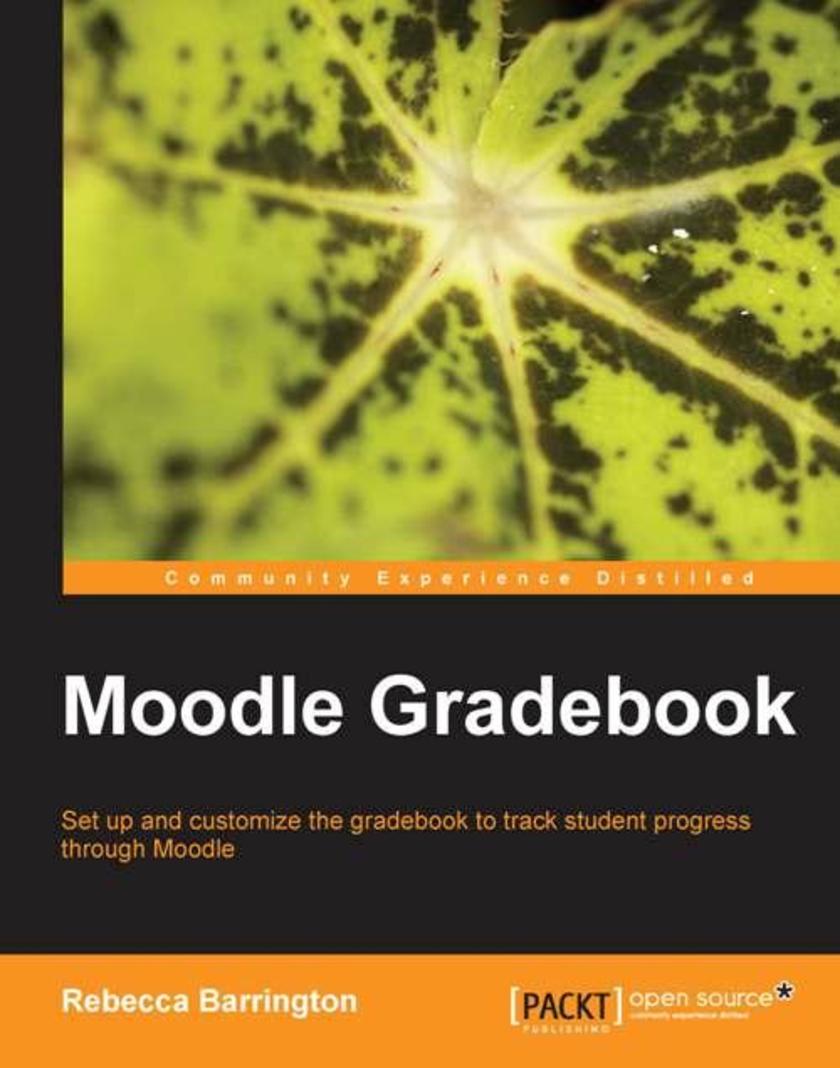
Moodle Gradebook
¥54.49
A practical book with plenty of step-by-step instructions and informative screenshots to guide you through the many features of gradebook. Moodle Gradebook is for anyone who uses Moodle as a course instructor. You will need to know the basic functions of using and navigating Moodle, but no prior knowledge of the grades functions will be required.
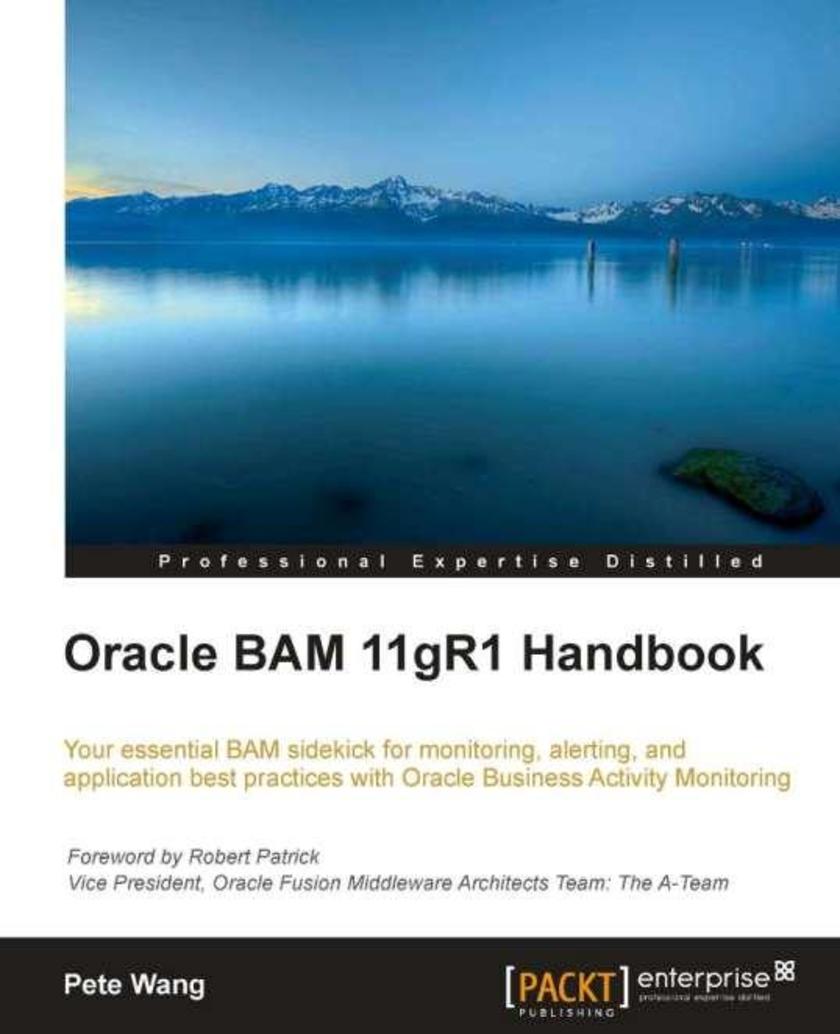
Oracle BAM 11gR1 Handbook
¥63.21
“Oracle BAM 11gR1 Handbook” is a practical best practices tutorial focused entirely on Oracle Business Activity Monitoring. An intermediate-to-advanced guide, step-by-step instructions and an accompanying demo project will help SOA report developers through application development and producing dashboards and reports. If you are a developer/report developer or SOA Architect who wants to learn valuable Oracle BAM best practices for monitoring your operations in real time, then “Oracle BAM 11gR1 Handbook” is for you. Administrators will also find the book useful. You should already be comfortable with SOA architecture and SQL practices.
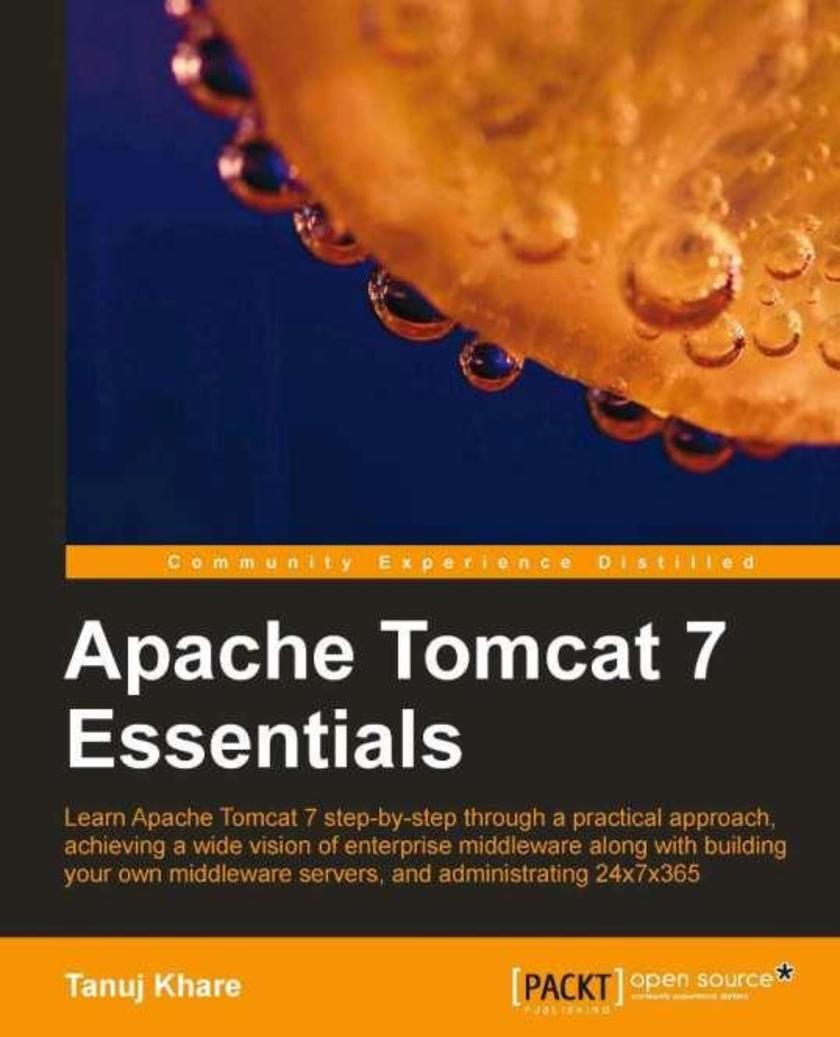
Apache Tomcat 7 Essentials
¥71.93
This book is a step-by-step tutorial for anyone wanting to learn Apache Tomcat 7 from scratch. There are plenty of illustrations and examples to escalate you from a novice to an expert with minimal strain. If you are a J2EE administrator, migration administrator, technical architect, or a project manager for a web hosting domain, and are interested in Apache Tomcat 7, then this book is for you. If you are someone responsible for installation, configuration, and management of Tomcat 7, then too, this book will be of help to you.
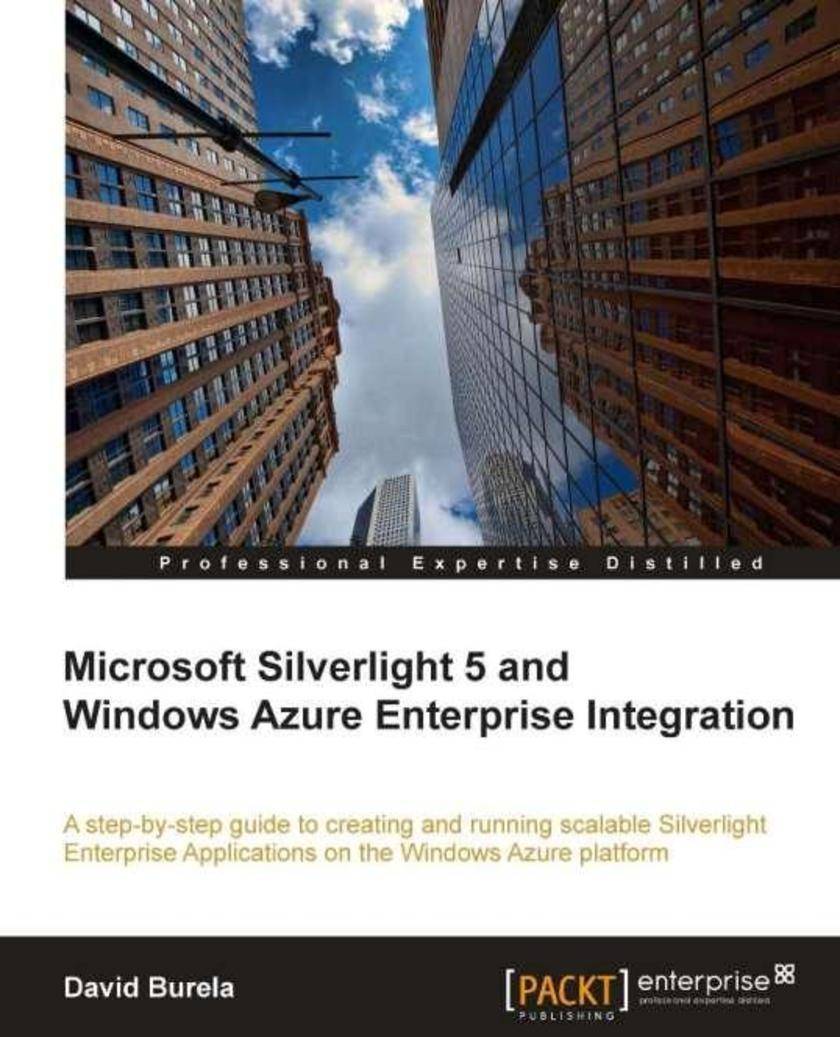
Microsoft Silverlight 5 and Windows Azure Enterprise Integration
¥107.90
This book is a step-by-step tutorial that shows you how to obtain the necessary toolset to create and run Silverlight Enterprise Applications on Azure. The book also covers techniques, practical tips, hints, and tricks for Silverlight interactions with Azure. Each topic is written in an easy-to-read style, with a detailed explanation given and then practical step-by-step exercises with a strong emphasis on real-world relevance. If you are an application developer who wants to build and run Silverlight Enterprise applications using Azure storage, WCF Services, and ASP providers, then this book is for you. You should have a working knowledge of Silverlight and Expression Blend. However, knowledge of Azure is not required since the book covers how to integrate the two technologies in detail.
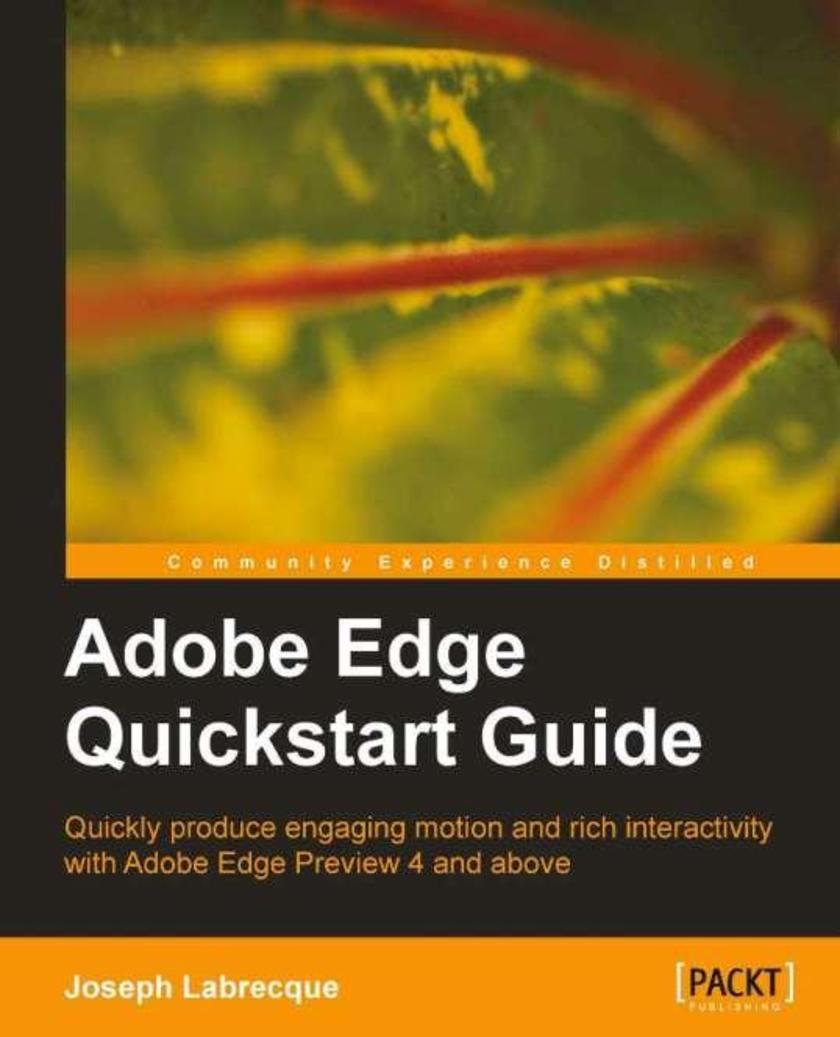
Adobe Edge Quickstart Guide
¥54.49
Adobe Edge Quickstart Guide is a practical guide on creating engaging content for the Web with Adobe's newest HTML5 tool. By taking a chapter-by-chapter look at each major aspect of Adobe Edge, the book lets you digest the available features in small, easily understandable chunks, allowing you to start using Adobe Edge for your web design needs immediately. If you are interested in creating engaging motion and interactive compositions using web standards with professional tooling, then this book is for you. Those with a background in Flash Professional wanting to get started quickly with Adobe Edge will also find this book useful.
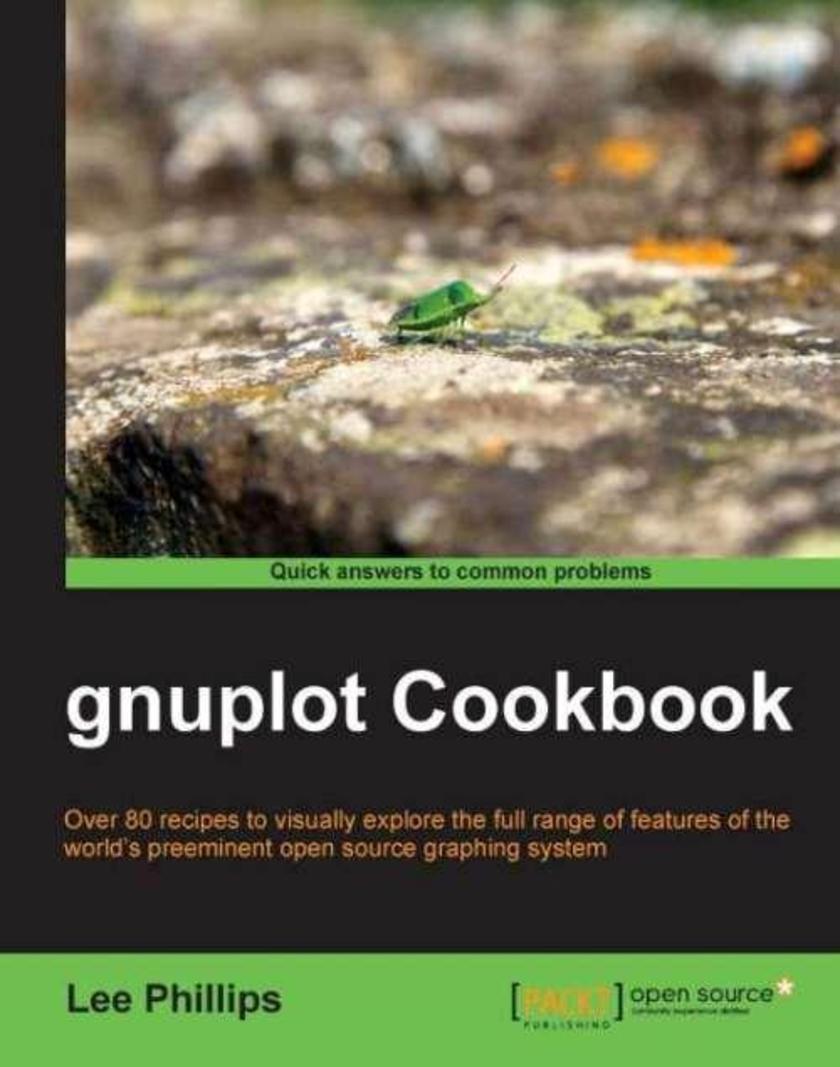
gnuplot Cookbook
¥71.93
Written in Cookbook style, the reader will be taught the features of gnuplot through practical examples accompanied by rich illustrations and code. Every aspect has been considered to ensure ease of understanding of even complex features. Whether you are an old hand at gnuplot or new to it, this book is a convenient visual reference that covers the full range of gnuplot's capabilities, including its latest features. Some basic knowledge of plotting graphs is necessary.
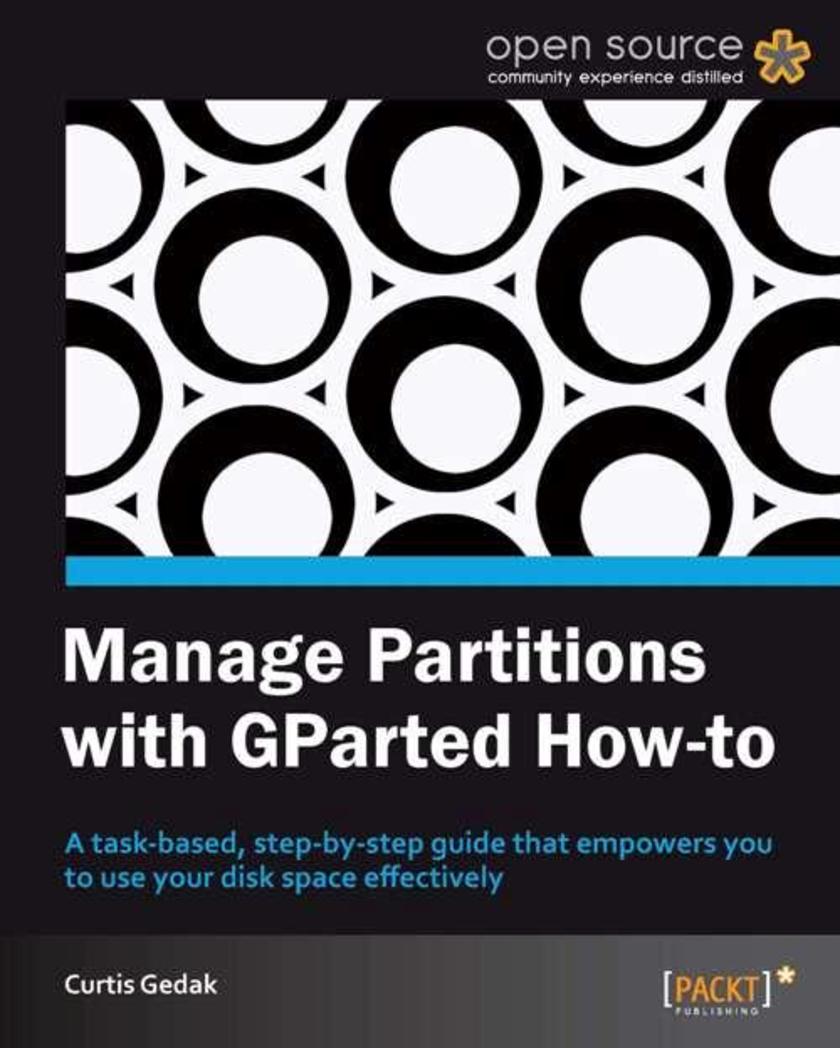
Manage Partitions with GParted How-to
¥35.96
This book is a practical, task-based, step-by-step tutorial that starts simple with identifying disk device partitions, and culminates with advanced tasks such as preparing for new operating systems. Are you a computer enthusiast who is looking forward to learn how to effectively use your disk space through disk partitions to maximize your computer's potentialThen this book is for you.
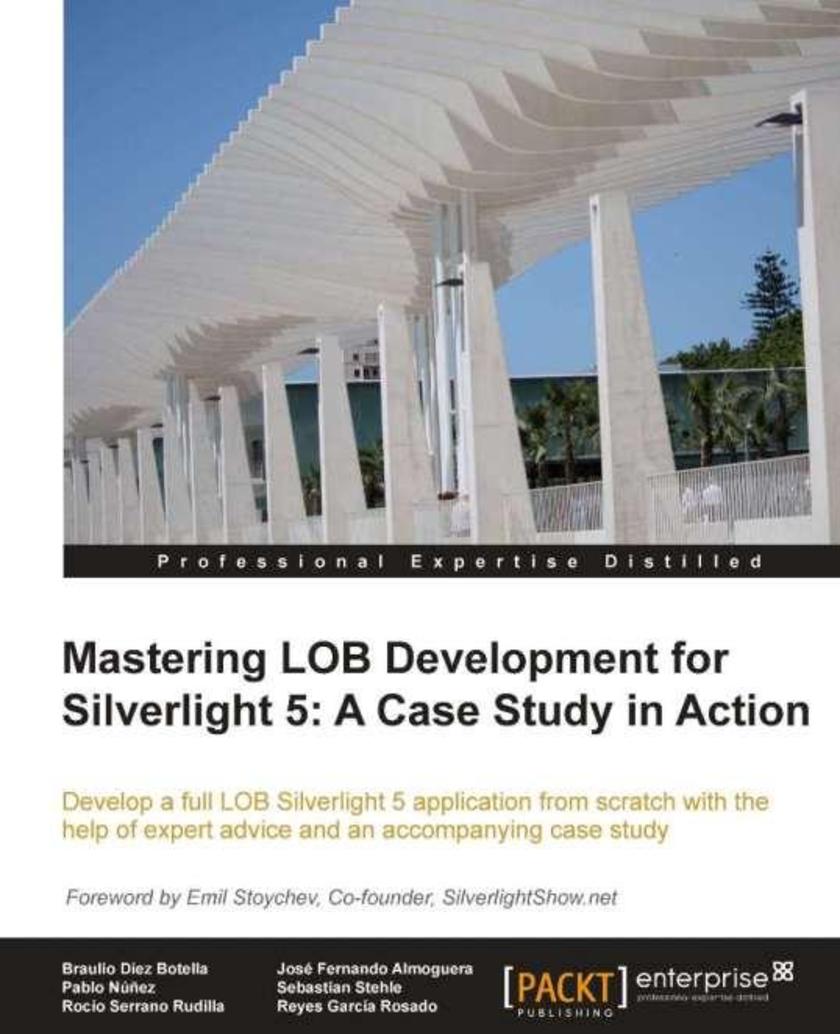
Mastering LOB Development for Silverlight 5: A Case Study in Action
¥107.90
This highly practical, expert level tutorial teaches you to build a Line of Business application with the aid of a case study which gradually builds throughout the book. It also includes a jumpstart chapter for developers coming from other technologies. If you already have a firm grasp of Silverlight development and are keen to advance your specialist knowledge of Line of Business (LOB) application development, then Expert Line of Business Application Development for Silverlight 5: Quick Start Guide is for you. If you are a developer with experience of other technologies, you may also find this book useful.

Drupal Rules How-To
¥35.96
This book is a practical, task-based, step-by-step tutorial that starts in a simple way, identifying disk device partitions, and culminates with advanced tasks such as preparing for new operating systems. This book is for Drupal site builders and developers who want to take full advantage of the Rules framework's power and flexibility. Readers of this book should be familiar with the Drupal 7 user interface
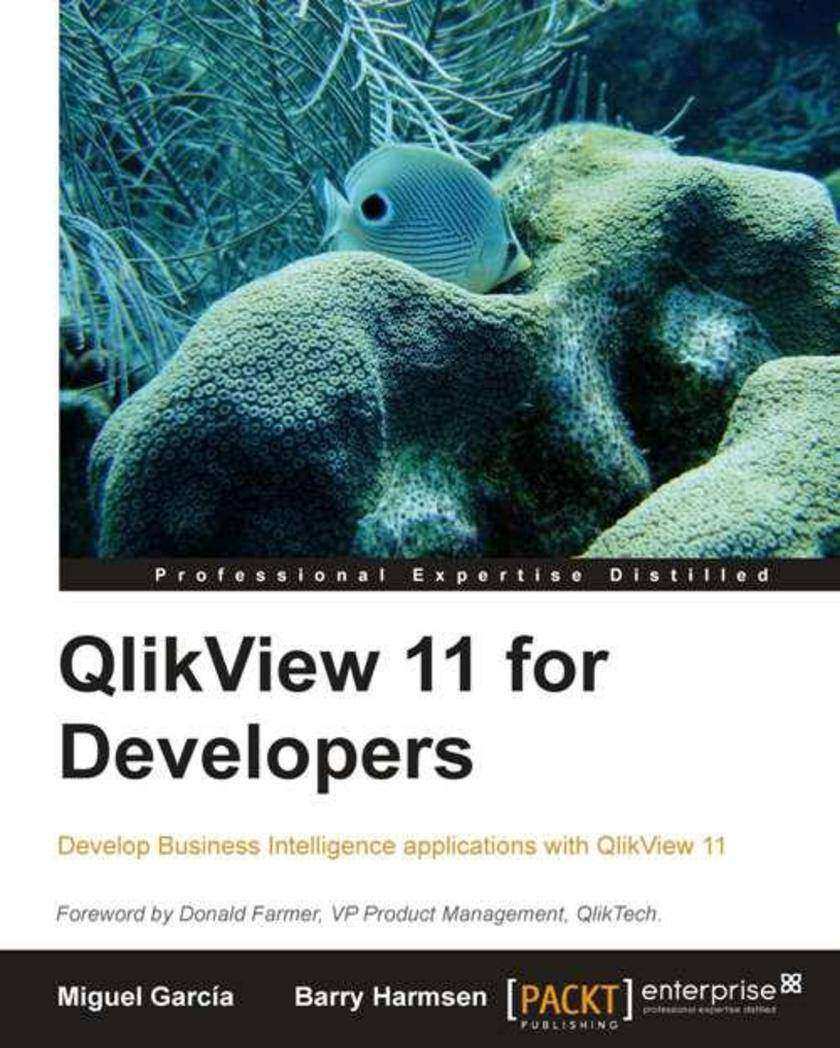
QlikView 11 for Developers
¥107.90
It will be a step-by-step tutorial that will discuss best practices. The book is structured in such a way that it can be read both from start to end or can be dipped into. If you are a developer who is looking to learn a fast and easy way to learn to develop your business intelligence apps with QlikView, then this book is for you. If you are a power-user in a QlikView environment, then you will find quicker ways of working with QlikView. You should know the basics of business intelligence before you pick up this book. This book covers QlikView Desktop Personal Edition. Deployments to QlikView Server/Publisher are out of scope for this book.
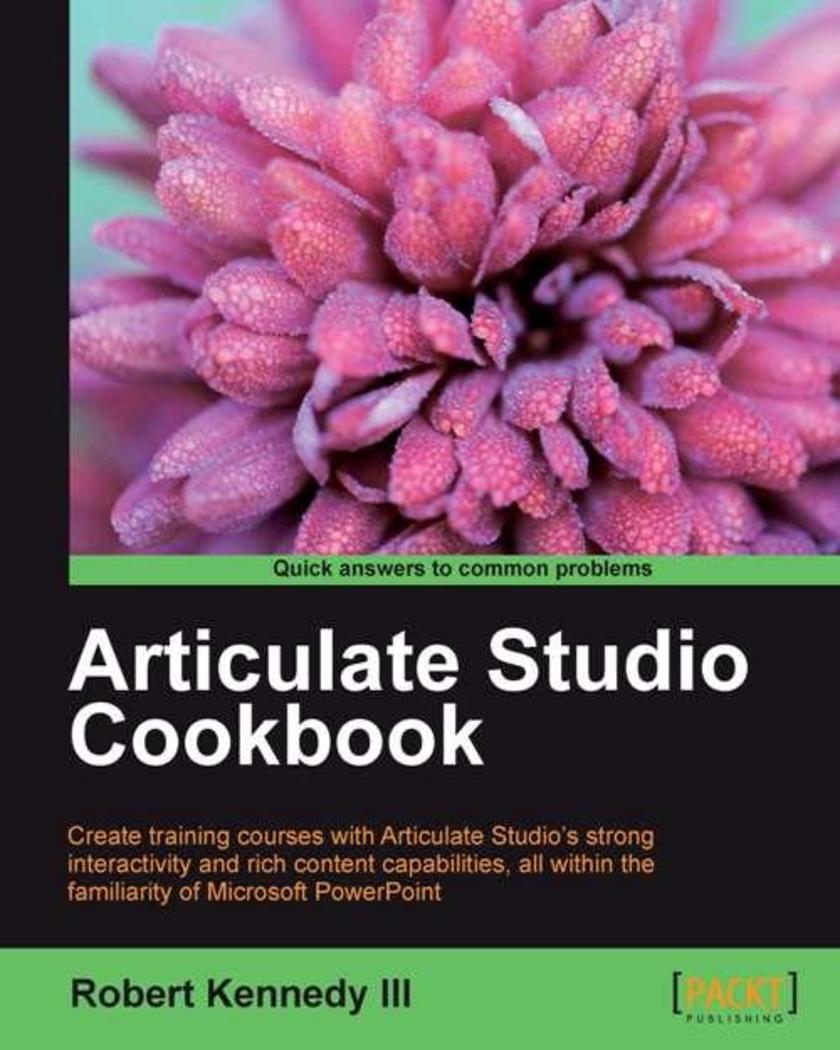
Articulate Studio Cookbook
¥80.65
The cookbook style is a series of practical recipes which represent solutions to problems and popular activities in a concise but detailed manner. If you are a beginning developer or just someone who has been asked to be the jack-of-all-design in your training department, then this book is a great starter. Having a working knowledge of PowerPoint is helpful but not essential. By simply following the steps, you will be able to create a clean, professional looking course.
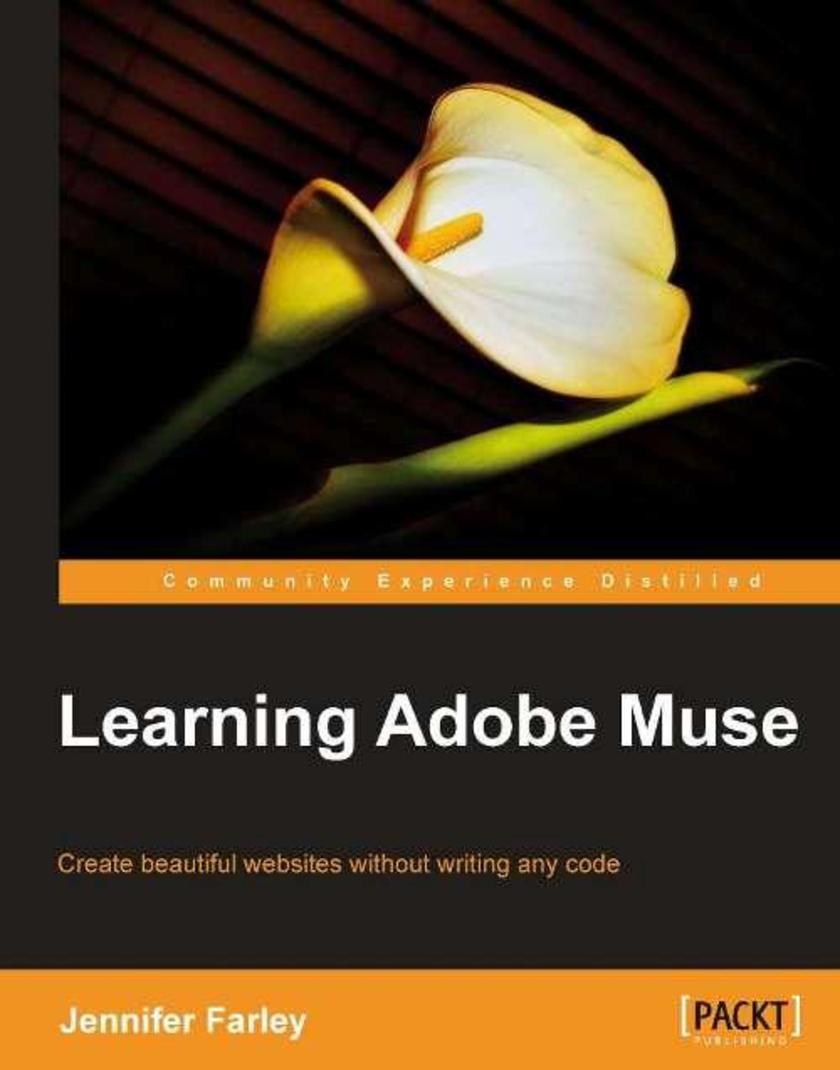
Learning Adobe Muse
¥80.65
This is an easy to read, practical, step by step guide covering the typical workflow for designing and building a website using Adobe Muse. As you work though the examples in the book you will build a fully-functioning website. The book includes many screenshots and graphics showing you exactly how to use the various features in Adobe Muse,This book is written for beginner web designers and also graphic designers who are interested in using their print design skills on the Web. It will teach you how to quickly build websites without the need to learn HTML or CSS.




 购物车
购物车 个人中心
个人中心



